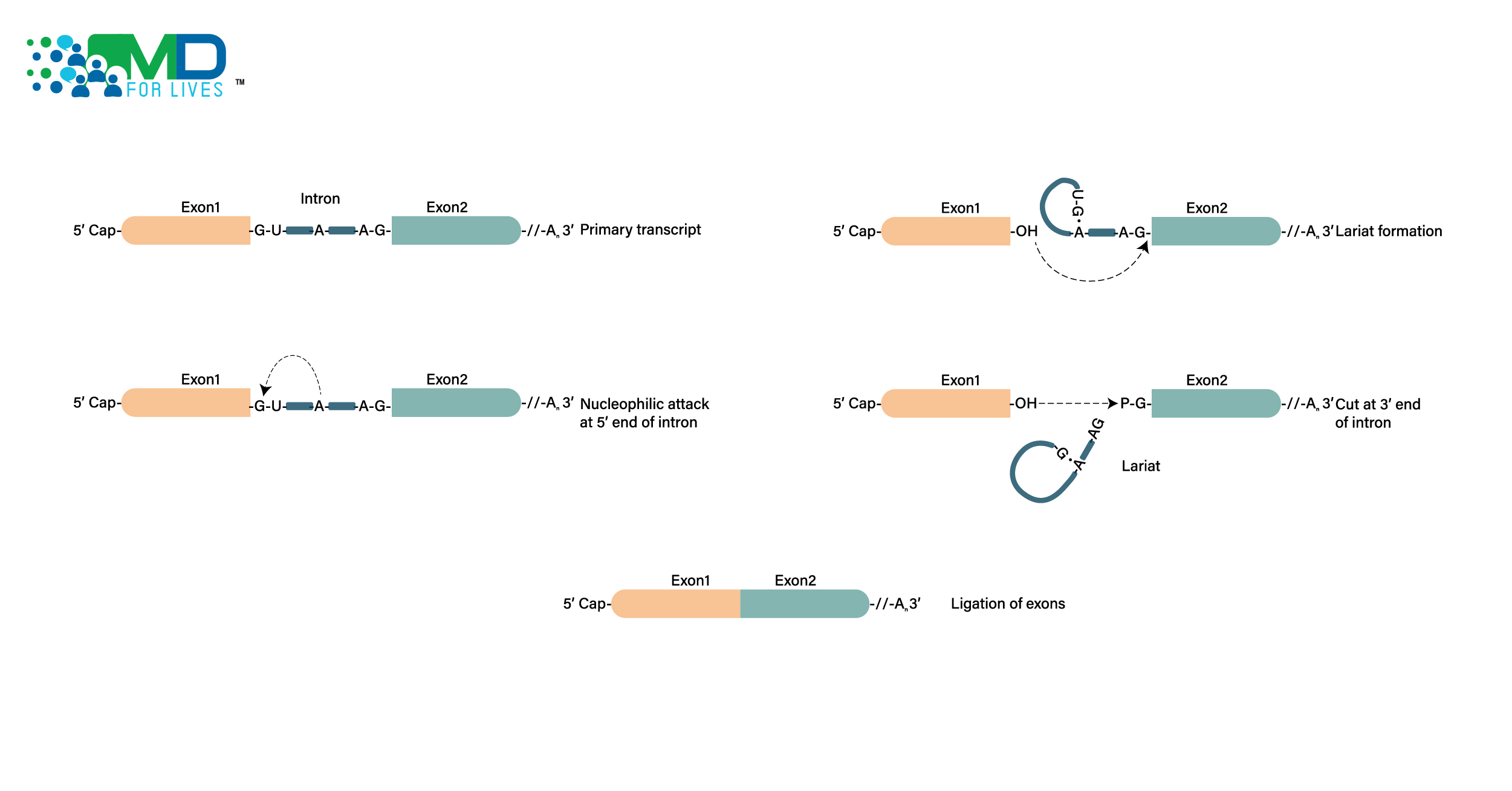According to a new study, five-year-old children can improve their reading skills by participating in a virtual classroom with other kids. Literacy is an important ability to have. Reading is a prerequisite for being a self-sufficient human being. Reading and writing, on the other hand, must be explicitly taught. While spoken language is acquired spontaneously via exposure to language without explicit teaching, reading and writing must be explicitly taught. Decades of study have proven that well-structured instruction in phonological awareness, letter knowledge, and letter-to-sound mapping is critical in laying a strong basis for reading acquisition.
During the COVID-19 pandemic, children all around the world lacked systematic and structured instruction. The effectiveness of online reading education, particularly at the elementary school level, is currently understudied. The majority of this research has concentrated on the use of computer-assisted programs or blended/hybrid learning (a combination of in-person instructions and digital technology). Previous research has found that computer-based programs improved phonological awareness and letter-to-sound knowledge in kindergarten and first graders, as well as phonological awareness in pre-kindergarten children.
Nonetheless, the question remains unanswered: can children learn to read through an entirely online, teacher-led program?

Virtual Classrooms Help Reading Too: Research to Back It Up
The study, which was published online on March 31 in Frontiers in Human Neuroscience, outlines a two-week reading program that began in the fall of 2020 and was delivered remotely to 83 5-year-old kids.
The Language and Literacy Camp (LLC), an effective in-person intervention program, was modified into a 2-week totally online curriculum by the researchers. A randomized controlled trial was conducted on the in-person LLC, which included two different intervention regimens. The first program emphasized reading skills, while the second concentrated on oral language abilities. The purpose of this study is to see how effective an online version of Reading Camp is. The current study included children with various degrees and histories of pre-reading skills, and it used standardized and non-standardized exams to assess the effectiveness of the online Reading Camp, with the findings compared to no-treatment control participants.
The study’s first purpose was to see if pre-K children could learn fundamental reading abilities in an online setting and if their capacity to benefit from a well-structured online curriculum was related to their socioeconomic status. The second goal was to provide the groundwork for future research on the anatomical and functional changes in the brain that occur as children learn to read, as well as how these changes might differ between online and in-person instruction.
The Reading Camp program teaches toddlers basic early literacy skills such as phonological awareness, letter-sound knowledge, letter recognition, CVC word blending/reading, and literacy exposure. It is a well-structured training program that uses games, gross-motor and fine-motor movements and directs instructions to combine multi-modal learning activities. It has been shown to be effective for in-person instruction.
The online Reading Camp was held via Zoom and lasted two weeks, with 2.5 hours (including breaks) per day. The content of the training sessions was recorded (both audio and video) for later documentation and analysis of behavior and social interaction. Each group of participants was taught by two teachers. The majority of the activities were done in small groups of three youngsters with one teacher (using breakout rooms on Zoom). Each day also included activities for the complete group of six participants as well as two teachers. Between camp days, the small groups were shuffled and counterbalanced such that each child became acquainted with all five other children at the same camp.
Two letter-sound knowledge sessions, two phonological awareness sessions, two integration activities sessions, and one story-time session at the end of each day were included in the online Reading Camp program’s timetable. Each session lasted approximately 10–20 minutes, with 5–10 minute rests in between. Participants were taught to identify lowercase letters’ names and corresponding sounds during the letter-sound knowledge sessions, and they practiced letter forms with gross-motor movements and tracing the letters’ shapes. Children learned two new letters each day, for a total of 20 letters taught (out of 26) by the end of the program.
The teacher began each letter-sound knowledge session by displaying one letter on the screen alongside an image of an object that begins with the associated sound. The teacher instructed the students to repeat the letter name, the word, and the sound it corresponded to (for example, “A–apple-/a/” or “P–pig-/p/”). The teacher then demonstrated how to make the letter shape with their fingers, giving verbal signals and encouraging the students to follow along. The participants then used worksheets to practice tracing the letter shapes. The trainees were then told to identify the target letter within brief 2–3-letter words displayed on the screen during the first two days of the camp.
Finally, each letter-sound knowledge session concluded with the students repeating all of the letters they had learned while pronouncing the letter name, the word, and the matching sound, as well as exhibiting the forms of the letters with their fingers.
Participants practiced sound manipulations while playing organized games supervised by the teacher during the phonological awareness sessions. These exercises were ordered by the developmental sequence of acquisition and introduced by the difficulty level, with easier tasks appearing on the first days of the training program and more difficult tasks appearing on the latter days. Syllable segmentation and blending, onset-rhyme segmentation and blending, rhyme matching, and segmentation and blending of CVC words were among the tasks.
During the integration activity sessions, participants exercised letter-sound mapping, which includes phonological awareness and letter-sound knowledge, as well as letter recognition, letter shapes, and reading CVC words, through a variety of short, engaging games guided by the teachers.
Finally, one of the teachers read a short children’s book at the end of each day while the scanned pages were displayed on the screen. For the participants, it was a passive listening activity. Participants, on the other hand, were invited to participate in the story by providing comments and asking questions.
Parents and other caregivers were instructed to assist their children with signing in to the Zoom sessions and preparing the daily materials so that they would be ready for their children when needed during the online Reading Camp. They were told to be within earshot of their children during the online Reading Camp exercises in case they had any problems and needed help. They were also told not to produce or give prompt answers and to keep siblings as far away as possible.
To assess participants’ development and compare performance, the following tests were given:
Letter Knowledge Test: to assess alphabet knowledge and letter sounds.
Woodcock Reading Mastery Test: to assess reading skills.
Expressive Vocabulary Test: to test expressive vocabulary and retrieval of words
Phonological Awareness Test: to assess phonological and print awareness in preschoolers
Even if it is online and short-term, a well-structured evidence-based reading instruction program can help 5-year-old pre-K children. Children who took part in the online Reading Camp improved significantly on abilities specifically taught in the program, such as phonological awareness and the names and sounds of lowercase letters, when compared to a control group of children who did not receive the instruction.
Incorporating systematic and unambiguous instructions that include both components in engaging activities and are presented in small groups, phonological awareness and letter-sound knowledge instructions successfully teach young children the foundation of reading.
Conclusion
The findings show that even if the program is online and short-term, a well-structured evidence-based reading instruction program can help 5-year-old children learn to read. The findings reported here, together with previous evidence for the efficacy of the in-person program, suggest that the online Reading Camp program is beneficial and can be utilized to address a number of concerns about structural and functional plasticity in the early stages of reading acquisition. Pre-schoolers can improve their reading skills even in a virtual classroom.






